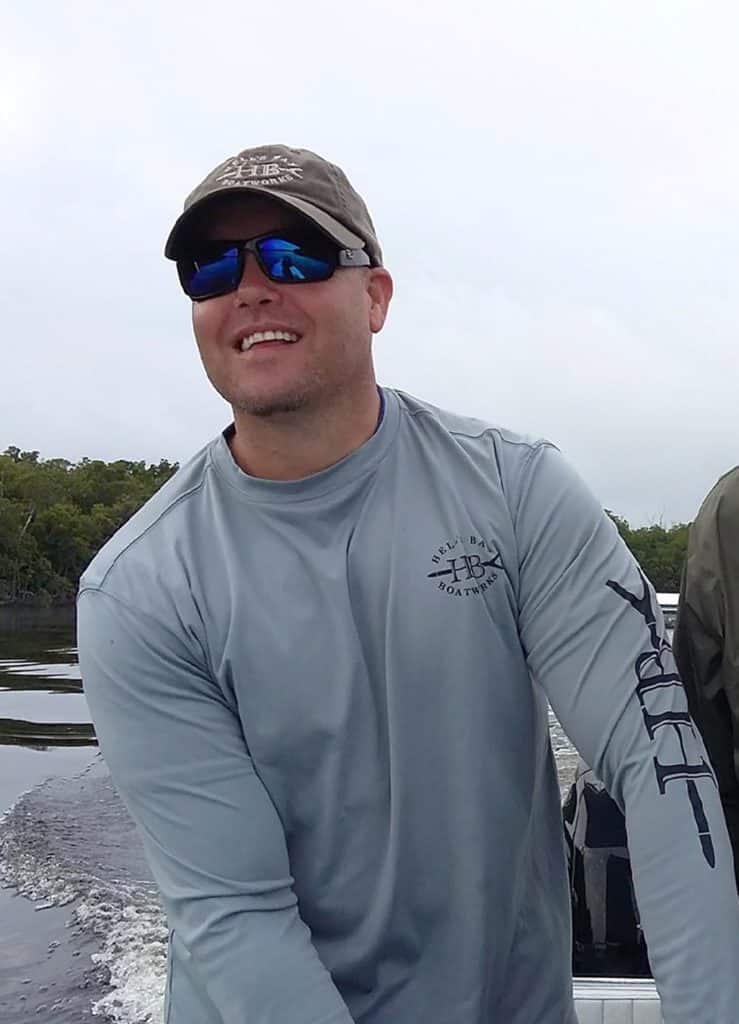Editor’s Note: We appreciate the opportunity to share this feature, which we saw in our copy of the 2017 IGFA World Record Game Fishes book, a resource with more than 400 pages full of great feature articles as well as all saltwater/freshwater/fly-rod records, rules and much more. That record book is one of many benefits that members of the International Game Fish Association enjoy.
Author Adrian E. Gray says, “After picking the brains of some of the world’s best professional offshore captains, we came away with 20 of their tips, tactics, secrets and bits of advice that any offshore fisherman could hope to know. Now it’s up to you to put them to work on your next offshore fishing excursion.”
CLEAN YOUR LEADERS
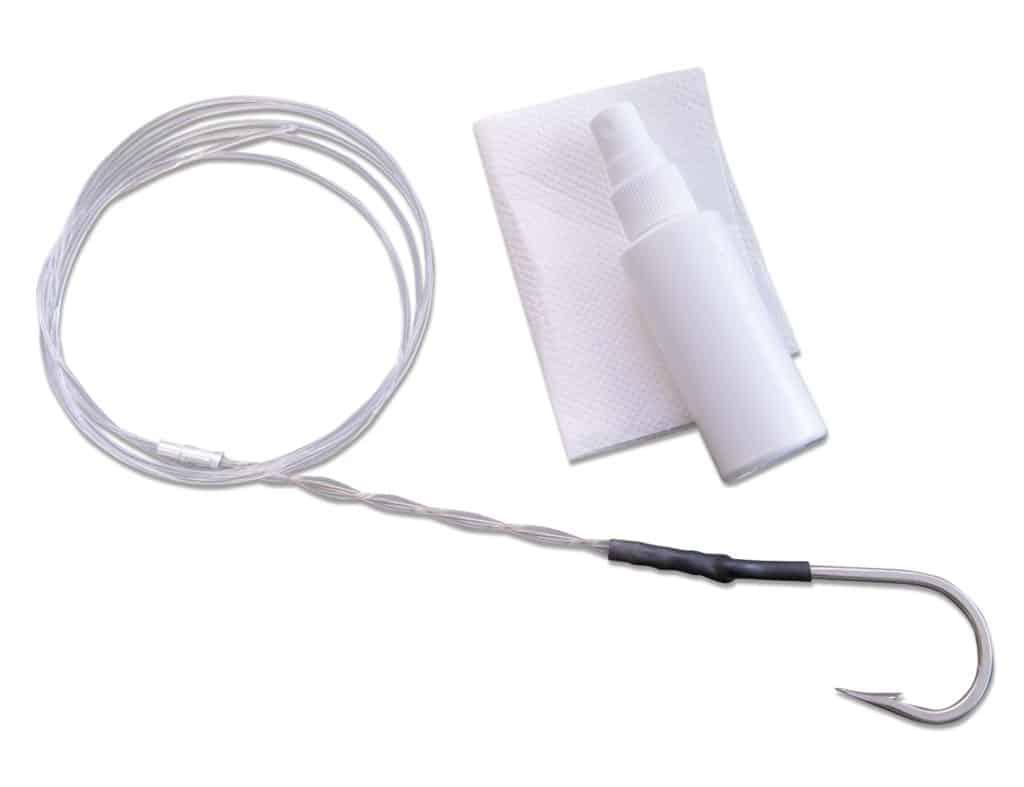
Capt. Damon Sacco, Castafari
East Sandwich, Massachusetts
“Always clean your leaders when you check, re-deploy, or change lures or baits. Rubbing alcohol, plain saltwater, and/or even a clean rag has worked well for me. Wiping the leaders helps remove any diesel soot from your exhaust that builds up on your leaders like it does on your transom. It sometimes also wipes off any algae that dirty up your leader. You will be surprised at how dirty your leaders and line get, and in a very short amount of time!”
BUCKTAIL, READY TO GO
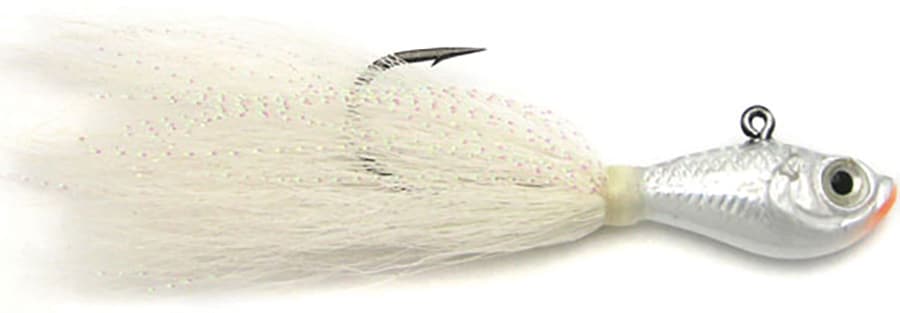
Capt. Bouncer Smith, Bouncer’s Dusky 33
Miami, Florida
“Aways have one rod on the boat rigged with a lure. Prime example is I always have a 1-ounce bucktail with a little bit of mylar in it rigged and ready to grab at all times. That makes you ever ready to cast to any species of fish. Many times you run offshore without a bait rigged, and ready to go, and a lure is most accessible.”
KEEP A FISHING LOGBOOK
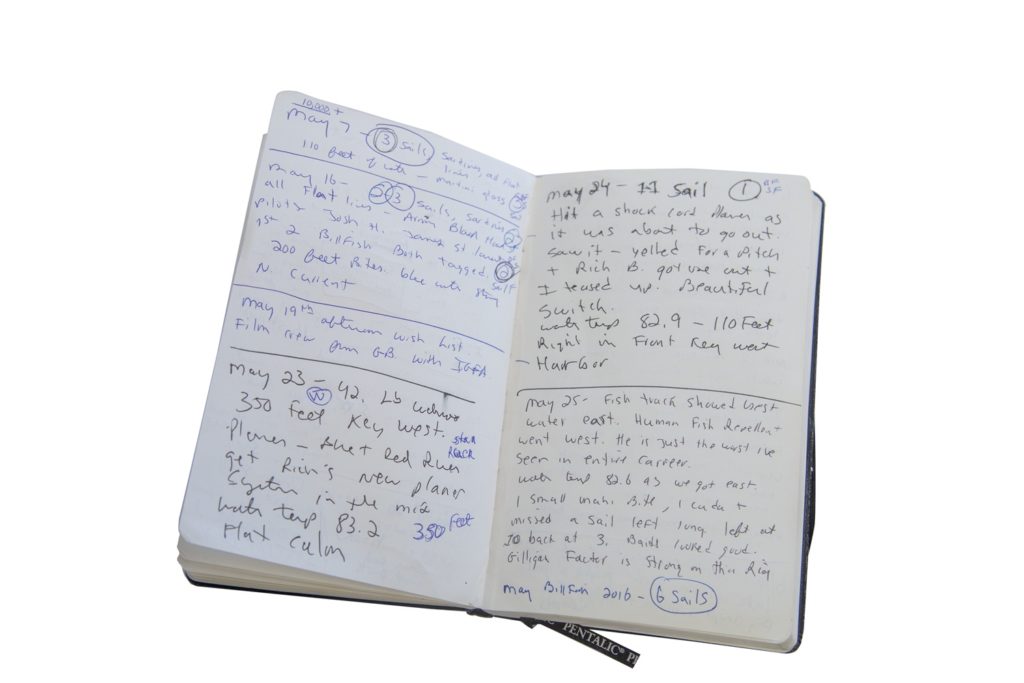
Capt. Tony DiGiulian, Saltwater Pro Consulting
Fort Lauderdale, Florida
“All of our brains are wired to forget things that no longer seem useful. This forgetting is natural and it is adaptive because it clears our memory for things that keep coming at us. The problem, however, is that in the process of all of this memory purging, our brain often forgets important information and useful little details. Fishing is a game of knowledge, and we gather knowledge from a variety of places. From weekend anglers to the top tournament angler, we seek more information to help us catch more fish, more consistently. We work with other anglers within our network, we search the internet, magazines, television shows and tournament results for information that will help us catch more fish. Nothing, however, beats the knowledge we learn from first-hand experience on the water. The problem is storing that information and recalling it when the time is right. It’s interesting how I can remember catching a particular fish on a bait on an exact spot five years ago. At the same time, I might forget the adjustments I made to the outrigger clips or the hook style I was using or sea conditions that led to catching that fish on that particular day. That’s why I try my best to keep a log book of my fishing trips. I keep logbooks dating back 30 years when I started as a professional mate.
“Some of the things I keep in the book are date, water temperature, wind direction, current direction and speed, hook style, size and brand, leader size, drag settings on my reels and a host of other seemingly small details. I may also write down a few notes on how aggressively or lazily the fish came up in my spread and how fast I was trolling or take notes on lure performance and which were the most productive and unproductive styles of lures at that time. The whole point of a logbook is to refresh my memory with the archives of what I have done in the past, which can help me make better educated decisions. I find, keeping a log book is most necessary when I travel to different destinations as we all easily forget certain details over time and coming back to that destination we retain only 10% of what we learned there the first time.”
BABY-TUNA TEASER FOR BLUE MARLIN ON FLY
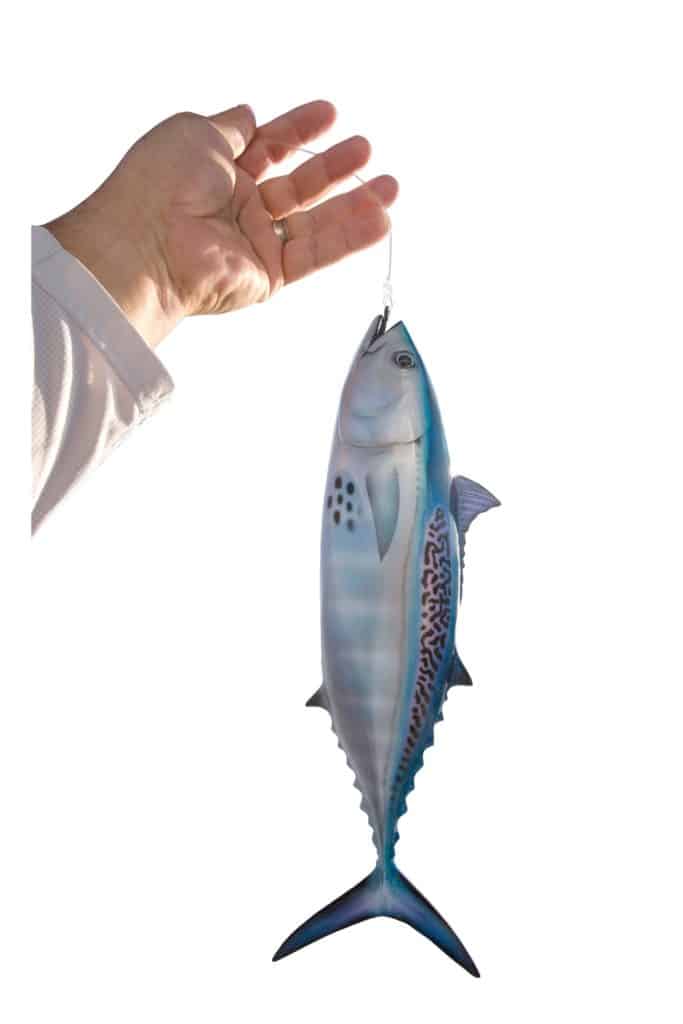
Capt. Chris Sheeder, Casa Vieja Lodge
Puerto San Jose, Guatemala
“One of the truly most difficult and rewarding feats in fly fishing is catching a billfish, and the most impressive billfish to catch is a blue marlin. There seems to be an infinite number of ways to lose a blue on a fly, but one technique I call the “Charlie Tuna” will at least get you more bites. If you have ever fished for blues using fly, you’ll know that even a well teased blue marlin can somehow not see or not care about the fly and make that infamous sweeping turn way outside the hook up area, just to finally lose interest and never come back. What “Charlie” does is not only bring him back, but bring him to where you want him. I got the idea more than 15 years ago when I was staring at one of those fish mount scenes where the blue marlin is chasing a school of tuna. About 12 years ago, I had Grey’s Taxidermy send me a couple of double sided 12-inch bonita mounts that we rigged up as teasers. They are light and float high on the water, which makes them perfect for this application. Once a blue marlin comes racing in on a teaser, fails to bite the fly and swims off, you cast the “Charlie” that is attached to a spinning rod past the area of the fish and start retrieving it. Once the marlin sees this teaser he will most likely try and crush it with lightning speed, so be prepared to wind your butt off. Once you have the marlin in pursuit, bring the “Charlie” right by the fly and as you pass it, the angler strip-pops the fly and you flick “Charlie” into the boat. By this time the boat has long come to a complete stop, so the strip pop is essential and usually just one to two jabs does the trick. Half the time the fish will inhale the fly right off the bat, but even if the marlin continues to swim forward looking for “Charlie” under and around the boat, he’s now seen your fly and knows where it is because of those pops you made as he swam by. It’s not an exact science, but we have upped our hook up ratio tremendously using this little fiberglass tuna. Made of fiberglass you can pull it fast, because it’s light. The guys at King Sailfish Mounts made the one you see here with an eyelet already glassed in.”
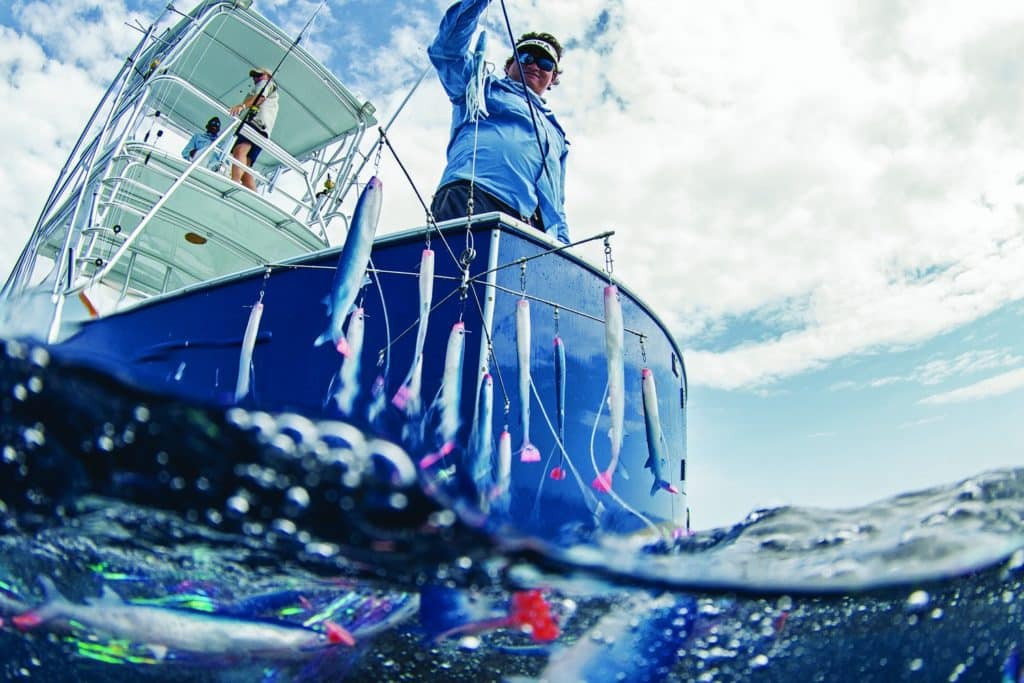
See “Tournament Tactics of the Tournament Pros”
HOOKING DOUBLES, TRIPLES AND QUADS
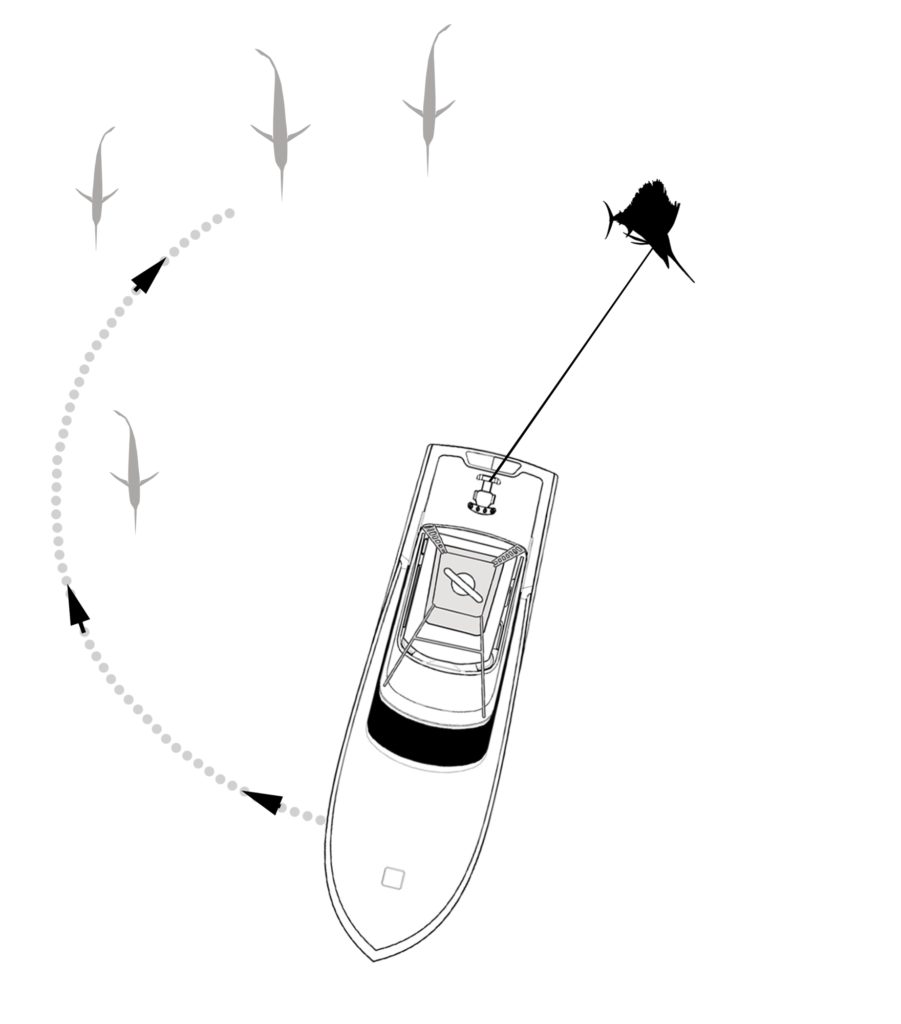
Capt. Bubba Carter
Los Sueños, Costa Rica
“The ocean can be a desert with miles of unproductive water peppered with areas of productivity. As a captain you have to fish in the right place and know where to go where the fish feed. Knowing where those target rich environments are amidst a barren ocean is what sets good captains apart. But it is not just the captain, it’s the combination of the captain, crew, good anglers and good tackle that make for a good fishing team. Everything has to be in sync. And when you have a good team it’s common to catch doubles, triples and even quads of billfish where I fish offshore Los Suenos, Costa Rica. But, that doesn’t happen if you reel in all the lines with each hook-up. One of the most basic strategies that is overlooked is to keep fishing as long as possible when hooked up. The team has to work together to keep trolling, turn the boat around and head back to the hooked fish to hopefully hook another or more. And if you do hook a fish in one area, it’s pretty likely there are more fish there, so keep fishing till you have worn that area out.”
PAY ATTENTION TO DETAIL
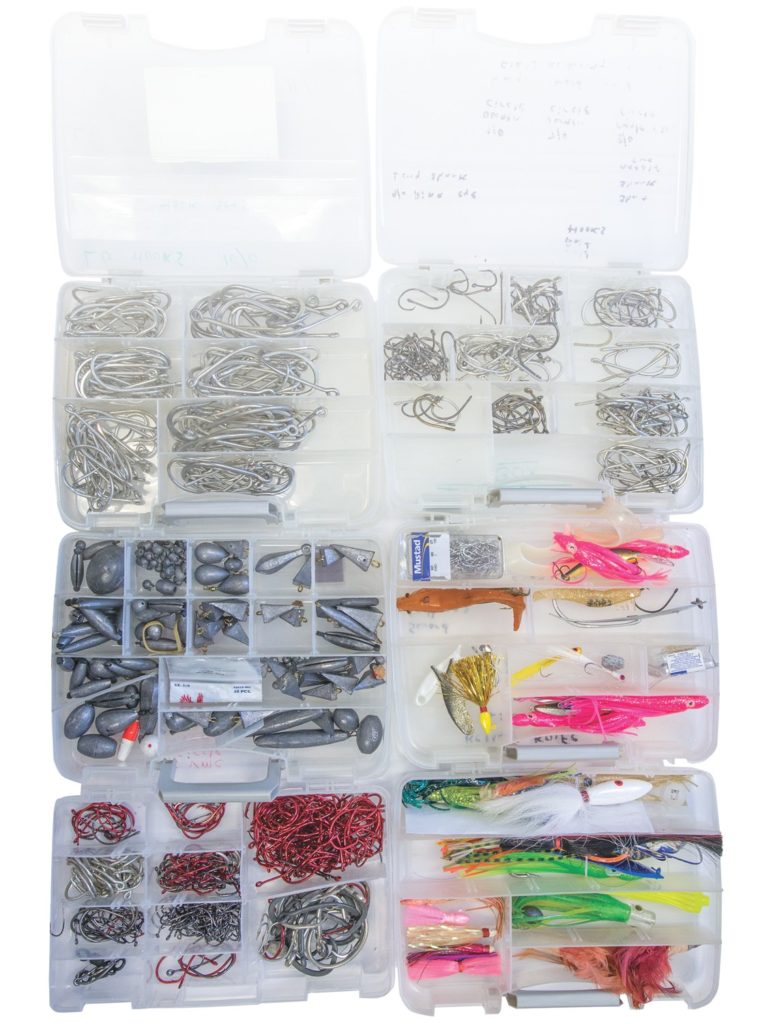
Capt. Karl Anderson
Lighthouse Point, Florida
“When you run out of a common item — like the perfect size hook — while you are on the water, it can shut down your catching and make a potentially great day merely a fair one. Maintaining a good inventory of commonly used and necessary items is key not only to a successful fishing day, but it also keeps you from dragging along a lot of stuff that you rarely use. Inventory management is much easier when using these waterproof storage bins, and the money spent on tackle doesn’t turn to rust while lying in a cockpit drawer exposed to salt air and moisture. It just gets back to basics and being ready to take advantage of most opportunities. Whether fishing lures or bait having all the stuff necessary to switch-up your techniques at any given moment is crucial. For example when catching bait, always have at hand what it takes to catch bait that works. In order to do that you have to have a variety of methods. Whether its trolling feathers, trolling spoons or sabikis, having everything necessary ready and organized to catch all species of bait is a characteristic of the best captains.”
KNOTS ARE THE WEAKEST LINK
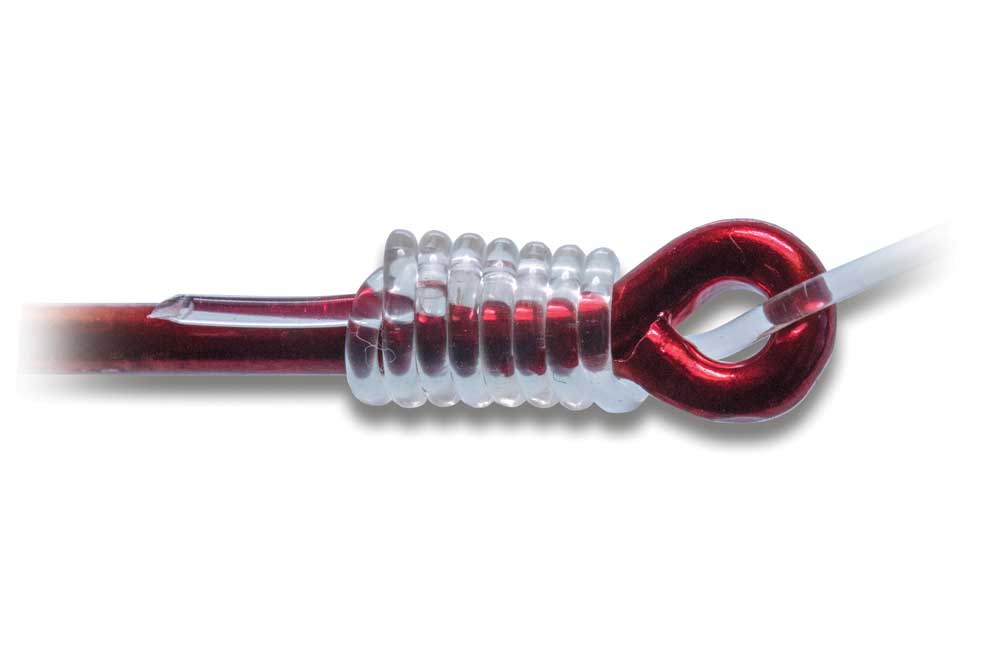
For a wealth of information on knots, including how to snell, how to tie a Bristol and the acclaimed FG knot and many more, see SF‘s KNOTS PAGE.
Capt. Skip Smith, Skip’s Tournaments
Pompano, Florida
“The knot you tie is your weakest link when fishing. When tying a knot remember to wet it when cinching it down and also pull it as tight as possible so there is no slippage. I’ve always noticed the weakest knots are the ones that slip. A bad knot tied tight is better than a good knot tied loose. There is nothing worse to break off a fish no matter how you break it off but a little extra care when tying knots takes that variability out of the fish catching equation. That also goes for whether you are crimping or tying a knot — always, always check the connection.”
BRIBE YOUR ANGLER

Capt. Bouncer Smith, Bouncer’s Dusky 33
Miami, Florida
“Believe it or not I like to bribe the other anglers on my boat. There is nothing worse than having paying customers spending quality time fishing with me only to take a cat nap or lose interest if fishing is slow. Children especially have a shorter attention span. I like to bribe my anglers by offering them first fish to whomever spots the birds or floating debris first. It really seems to get my clients engaged in the fishing and there are more eyes looking for fish. It’s a win-win scenario.”
KEEP IT SIMPLE
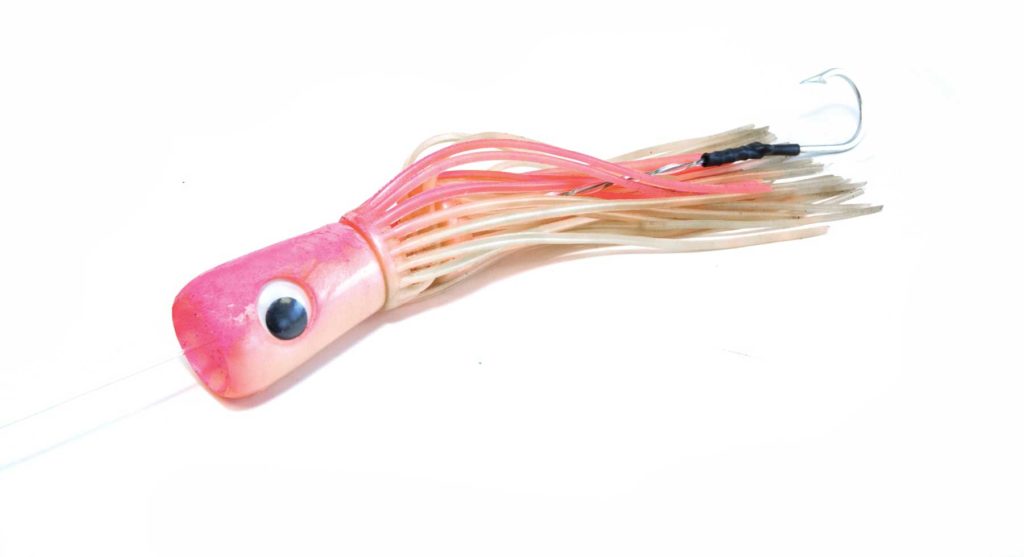
Capt. Peter B. Wright
Stuart, Florida
“Fishing too many rods and teasers can be mistake number one. The extra tangles and confusion of a less experienced crew fishing too many rods more than not offsets any extra bites that may be gained. More times than not, there is no way extra teasers and dredges adds to capture rate. They actually lowered it! The use of multiple teasers, kites and dredges is for professional experts or crews. Dredges are nothing more than complicated big teasers. Instead, put out something soft for a teaser, like a MoldCraft Standard Wide-Range with a hook in it. Through my years of experience I’ve learned “bait and switch” is fun but is not the best way to catch billfish. It’s a better method for catching world records. There is a percentage of fish that will take a shot at any teaser and if they strike it they may not switch over to other hooked lures or pitch baits. It is fair to say 20 percent of the fish dont switch over. So if you are fishing unhooked teasers you may lose 20 percent of your fish. The solution is to simply fish hooked teasers.”
TEMPTING A STUBBORN MARLIN
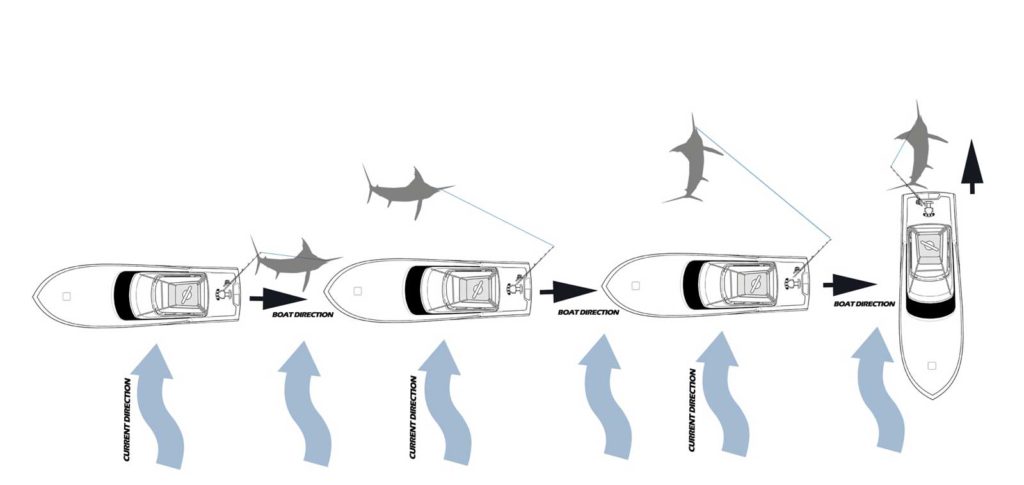
Capt. Laurie Wright, Australian Fishing Expeditions
Cairns, Australia
“What do you do when you have a tough fish that isn’t too far away from the boat and just won’t come up? This sometimes happens when they are hooked in the corner of the mouth with a circle hook or lure.
“When the fish is within approximately 30 meters (100 feet) from the boat and you can’t gain line and it just won’t come to the surface, back down past the fish on the up sea side, keeping the fish off the starboard beam. Try to get the line forward off the beam so the line is actually pulling at an angle forward of the fish. It takes a bit of delicate boat handling and patience as the sea is continually trying to push you towards the fish but stay at it and eventually the fish will gradually come closer to the surface and quite often turn down sea and come up jumping giving you the opportunity to get the leader. (Note: This strategy is not one I recommend for big blues — only blacks.)”
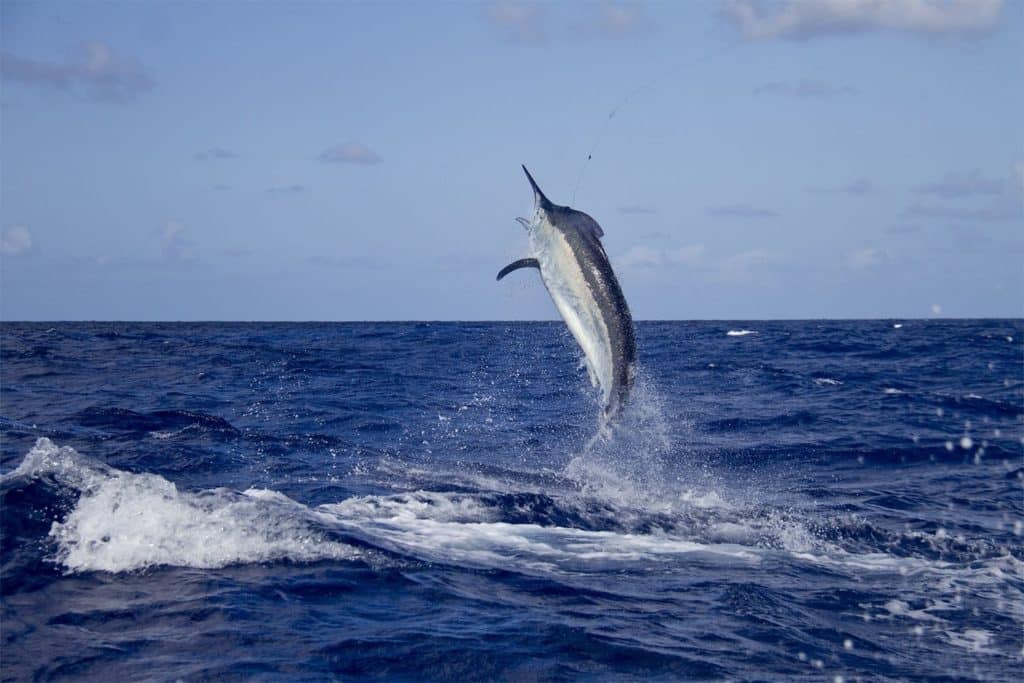
CLIPS FOR A UNIVERSAL FISH-FIGHTING HARNESS
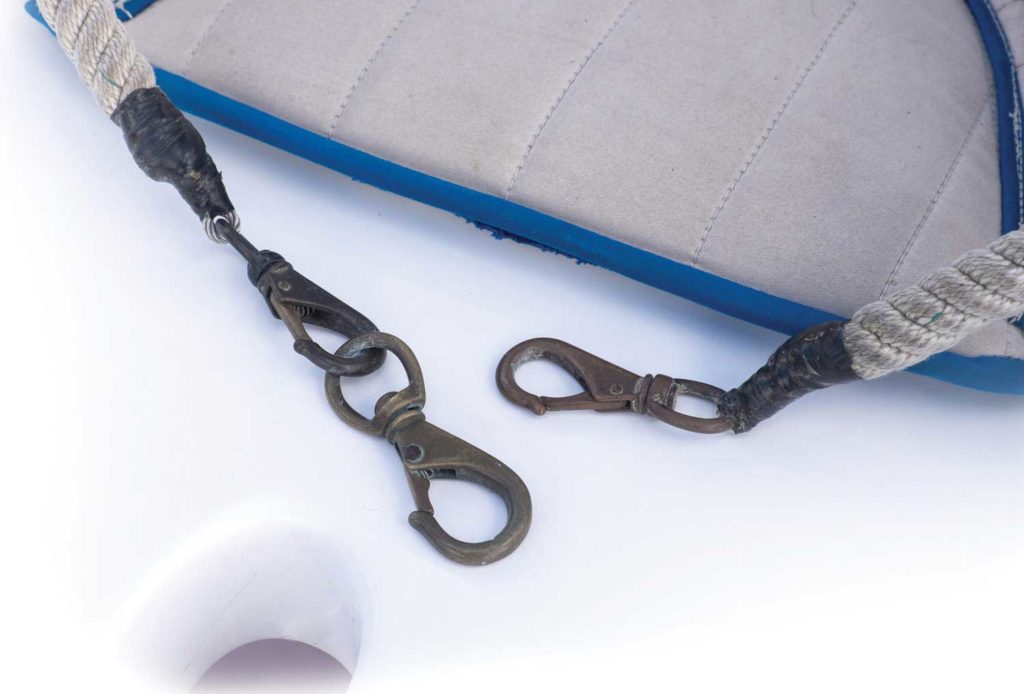
Capt. Peter Bristow, Katherine B
Madeira, Portugal
“While fishing on my charter boat Katherine B, I found out how to keep all of my anglers, representing a wide variety of sizes and shapes, properly adjusted in their harness. To make sure each angler on board can quickly lock into the right setting on the harness, I make a chain out of brass sailor clips that won’t stretch and is super easy to adjust for each angler. Once you get the person in the chair, you just pull up to the right clip, detach the extras and put the clip on the harness lug.
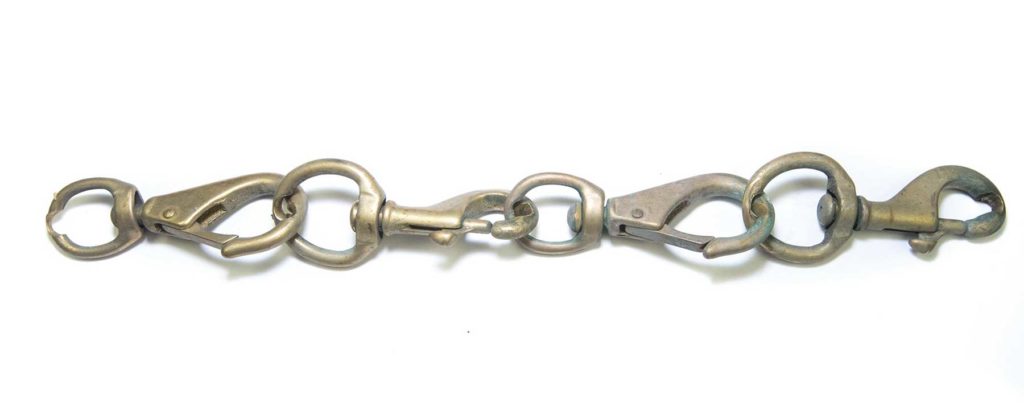
“Now all you have to worry about is the gimbal height, the angle of the footrest and how far to extend it — all incredibly important in setting up the angler properly. The fine adjustment is not in the harness. So long as the reel is approximately at waist level and the reel is far enough away and clear so you can comfortably turn the handle — then that will do.”
BE PREPARED TO FISH

Capt. Tony DiGiulian, Saltwater Pro Consulting
Fort Lauderdale, Florida
“Offshore fishing is a large investment of time and money and to ensure the best successes out there preparation starts long before I hit the water. Before each trip I make sure we have leaders pre-rigged and everything ready to go before leaving the dock. A good fisherman or woman is always ready for a multitude of different scenarios that may arise on a day offshore. Nothing is worse than getting out there and wishing you had your cast net or wishing you had a certain hook size or specific lure. Make sure you pack up the boat properly and are ready to make strategic changes to your fishing game as the day goes on. You should be rigged with leaders and hooks already on the rods, extra leaders should be readily available in Ziplock bags or on yoyos and baits and lures should be ready to be put in the water at a moment’s notice. Many of us have been in a situation where the bite turns on suddenly and you have nothing ready to go. Before you know it the bite shuts down by the time you have your hook tied on or trolling spread cleaned up. Take the time to properly prepare before you leave the dock.”
RIG DURABLE BAITS FOR SWORDFISH
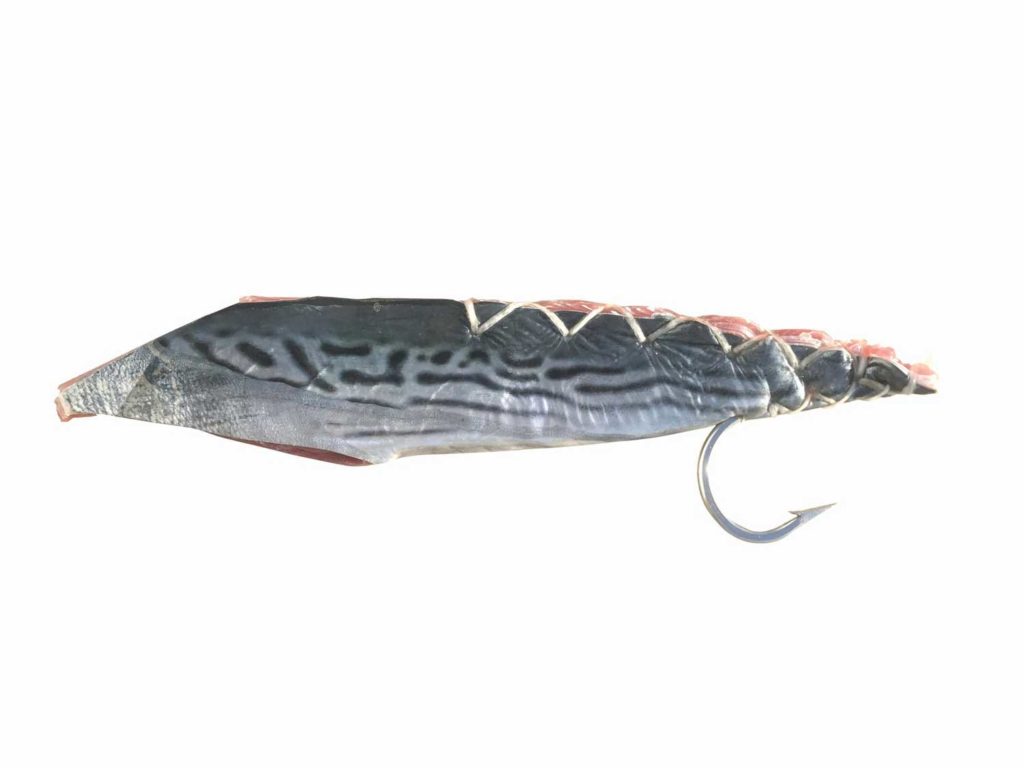
Capt. Nick Stanczyk, Bud ‘n Mary’s Fishing Marina
Islamorada, Florida
“One of the most overlooked but important things to consider when swordfishing is to rig durable strip baits. Swordfish by nature come in on a bait and whack the heck out of it multiple times before they actually consume it. Durable swordfish baits made from the belly of a fresh bonito, dolphin fish, or wahoo with plenty of stitches to secure it to the hook. I also slide a skirt over it all to make it more hydrodynamic and protect the bait from some of those swordfish bill whacks.”
Here is how Swordy Experts in the Northeast Are Refining their Techniques for Daytime Success
LOCAL KNOWLEDGE IMPROVES ODDS FOR FISHING SUCCESS

Capt. Chip Shafer
Fort Pierce, Florida
“Whenever traveling to a new destination to fish I take the time to find out the latest reports from reliable sources. Before I leave for an extended destination somewhere I’ve never fished I make the extra effort to build a network with reliable sources for fishing information. The flip-side is if they help me then I can usually help them. The most important knowledge is current information. I do a lot of information exchange by phone, VHF radio then even email. Trying to find out what’s been going on in an area through local knowledge is key.”
FOR SAILFISH ON FLY, THINK BIG
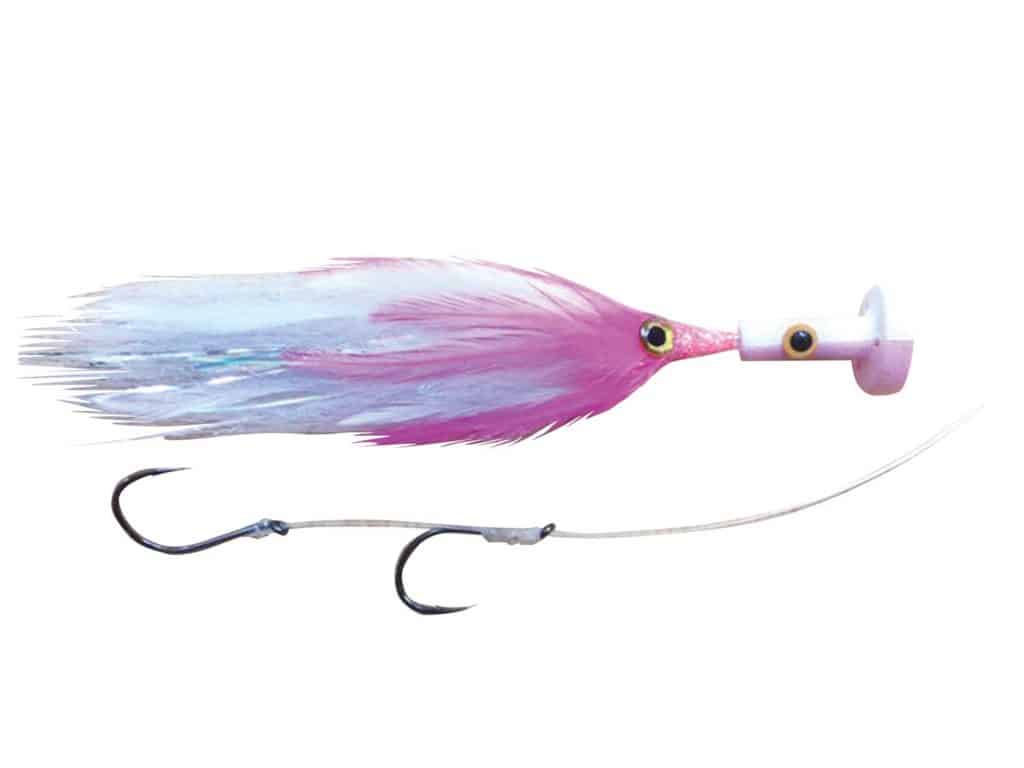
Capt. Anthony Mendillo, Keen M International
Isla Mujeres, Mexico
“When it comes to catching Atlantic sailfish on fly I use a big fly with big hooks. I like the 6/0 Owners rigged in a Cam Sigler tube fly with two hooks. It gives the fish a better target. Also, I file our hooks to make the points very, very thin, so they penetrate easily. Stiffer fly rods also make it easier to drive the hook home in a rock-hard bill. Even an 18-weight fly rod is not too big. The big rods let the angler set the hook firmly and get the fish in quickly.”
INCREASE FISHING SUCCESS USING OCEANOGRAPHIC FORECASTING

Capt. Frank Crescitelli, Fin Chaser Charters
Staten Island, New York
“When you consider the costs of fuel and time involved in going offshore to fish the Northeastern United States canyons, it only makes sense to use resources that will maximize your fishing opportunities. Why limit yourself to dock or radio rumors, or unreliable social media fishing reports when you can use science and technology like satellite SST and chlorophyll data to refine where your target area for fishing will be before you head out? Just like checking the atmospheric weather before I walk out the door, I always check the oceanographic weather and conditions through services like Roffer’s Ocean Fishing Forecasting Service. ROFFS is well worth the investment and takes the guess-work out of trying to interpret the free and sometimes unreliable satellite imagery you may find on the internet. While I usually follow my gut instinct which is more often right than not I’ve really learned to avoid chasing a “recent” dock report because more often than not those reports are based on old information or the report is missing a great deal of the information. Over years and years of fishing you subconsciously build a database of knowledge that guides you in the right direction, but that’s if you pay attention! I often save the ROFFS print outs and if I caught fish where the reports lead me I try to find similar conditions with any future reports I order.”
Learn The Many Ways in Which Pros Use Online Services (Like ROFFS) for Offshore Success
TOP-SHOT EFFICIENCY
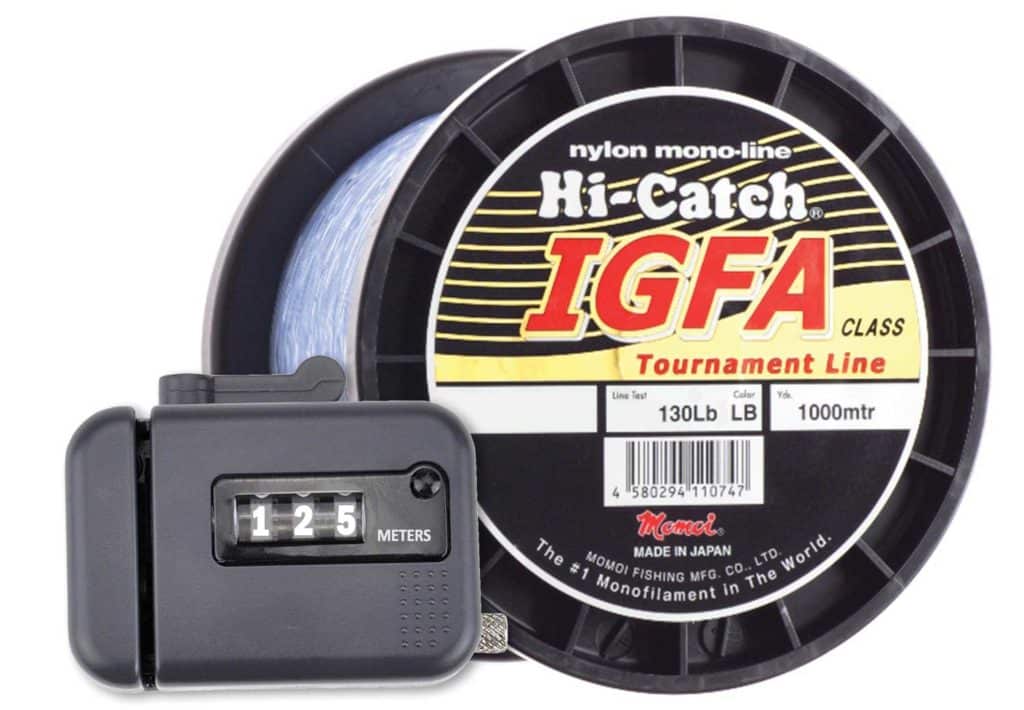
Capt. Jason Pipe, Bocinegro Blue Marlin Fishing Charters
La Gomera, Canary Islands, Spain
“Most big marlin captains that I know — myself included — fish a top shot of monofilament over braided Spectra as backing. I call the top-shot the working-end of the line because it’s the first 80 to 100 yards that is always off the spool with a big fish and is susceptible to more abuse with knicks and abrasion. Most bulk spools come in 1000 meter/yard delineations. In order to maximize the use of the spool and lessen the waste associated with constant top-shot changes I divide the spool into 125-meter (approximately 136-yard) increments which allows for eight top-shot changes. I change the top shot every four to five fish religiously and sometimes even sooner if the line gets chaffed. I often see other boats variably changing out the top-shots from fresh spools winding on more than is necessary which leads to wasted line and empty pockets.”
TANGLE-FREE LURE STORAGE
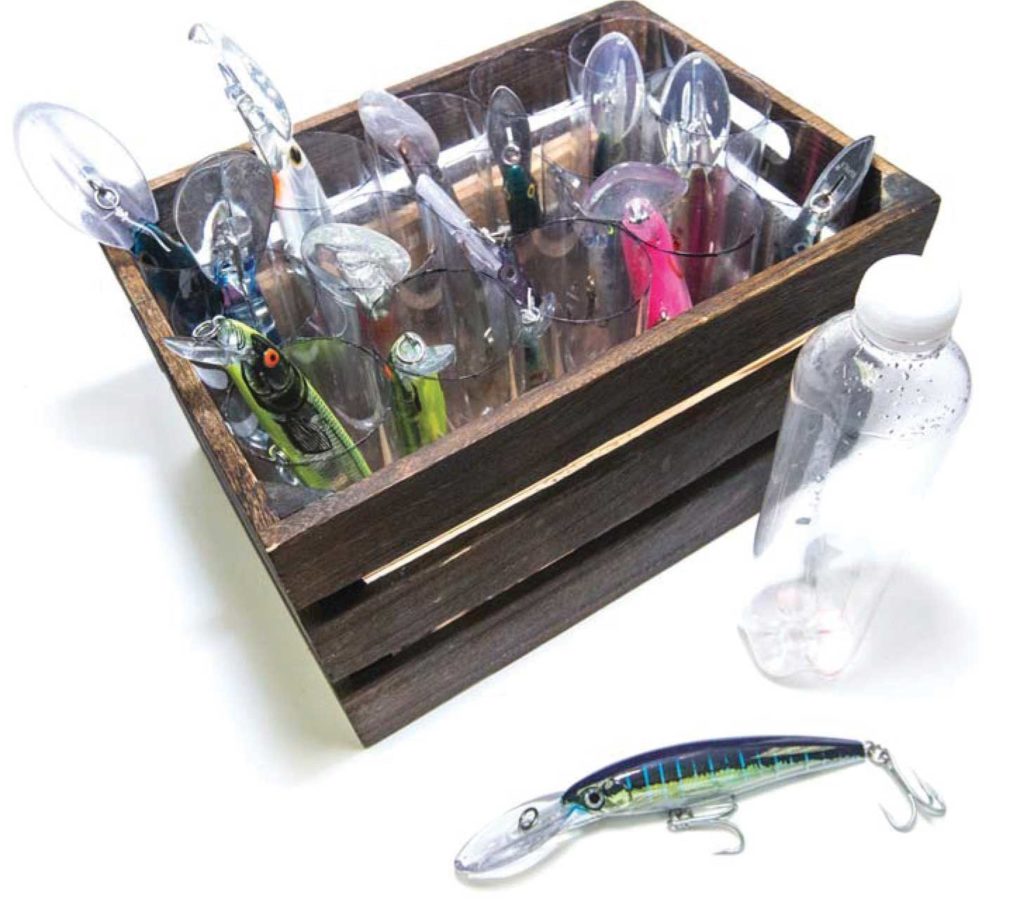
Capt. Peter Bristow, Katherine B
Madeira, Portugal
““When I arrived in Madeira almost 20 years ago there was no one I knew fishing for wahoo on light tackle. It was a no brainer for me because there were no sharks like the tropics but there were plenty of big wahoo. We were so successful with wahoo that I was asked to do a TV show with the famous British fishing presenter, Matt Hayes. The one problem though was running cockpit and trying to maintain order with the wahoo action going on and a film crew as well. The bibbed lures I was using on 20-pound gear are notoriously difficult to keep tidy and ready to go in an instant. Standing in the cockpit I looked across the dock at the trash bins and thought — there must be something in there I can use. One look at all the plastic water bottles lying there gave me a fabulous idea. Cut the tops off a few 330 milliliter water bottles and pack them tight in a cardboard wine box or wooden crate. With the 18-inch wire leaders coiled up and the trebles completely exposed, I just dropped them into the open bottles — the perfect place to hide this objectionable piece.Packed tight in the box — nothing moves. I’ve never seen it done before and it works very well. It took me 15 minutes to put together and costs almost nothing.”
USE YOUR VHF TO FIND FISH
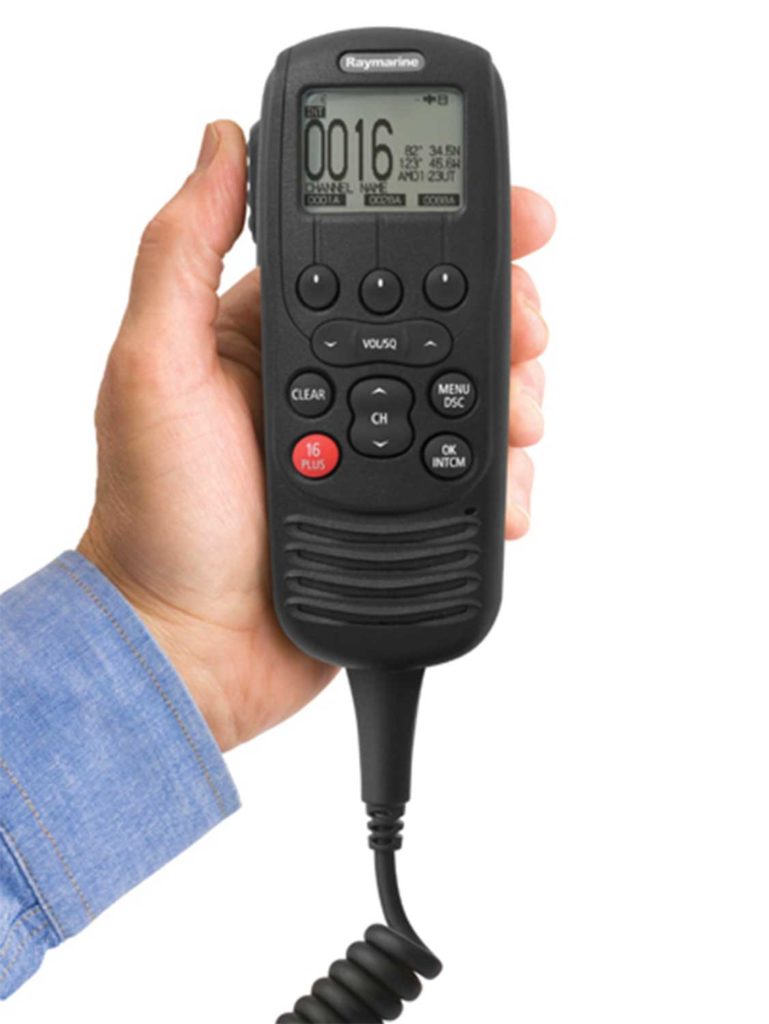
Capt. Brad Phillipps, Guatemala Billfishing Adventures
La Antigua, Guatemala
“Be careful not to get sucked into radio fishing, as leaving the fish you are on to go to a report is often a poor idea. That said, the radio can be your biggest friend if you play it smart. Build an established and trusted network of radio friends. Ensure that they can always trust your report, and by doing so, you can hope to be assured in trusting theirs. It is always better to get a few reliable reports than a radio full of unknown “maybes.” When it comes to listening to the radio, I think a big factor is knowing the person who is putting the information out there. Knowing whether the person making the report has a tendency to over exaggerate, under plays things, or may even have other motives is crucial. The more experienced the captain is from whom you get information, generally the more accurate that information will be, and many times the opposite applies. Understand that the same information might come over in many different forms depending on who is covering it, especially with second or third hand messages, relays or hearsay. Getting to know each individual, recognizing voices and concentrating on what and how people speak on the radio will help you digest information and thus make the right moves and thereby catch a lot more fish.”
CASTING TO CALIFORNIA SWORDFISH
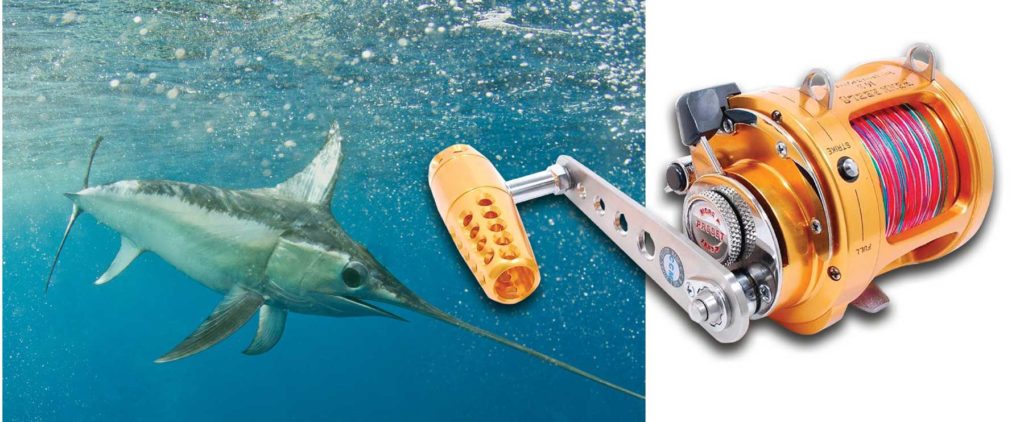
Capt. Steve Lassley
Temecula, California
This tip applies specifically to the Southern California offshore fishery, where swordfish are commonly spotted resting at the surface to warm up and “recharge.” — Ed.
I always, always keep a casting rod ready for basking swordfish. While you may only have a couple opportunities of this sort each year with swordfish, it’s better to be ready for it than not. For my casting rod combo I employ a Penn 16 two-speed reel, either a 16S or 16VSX and a 50-to 80-poun-class rod. The smaller reel filled with 80-pound braid and a top shot of 80-pound IGFA monofilament with a 200-pound hard mono wind-on leader provides a manageable and castable combo that is sturdy enough to handle big fish on stand-up. Any robust live-bait like a mackerel is good as long as you hook it well and deep through the body so that if a swordfish does swat at it, it won’t knock it off the hook.”
About the Author
